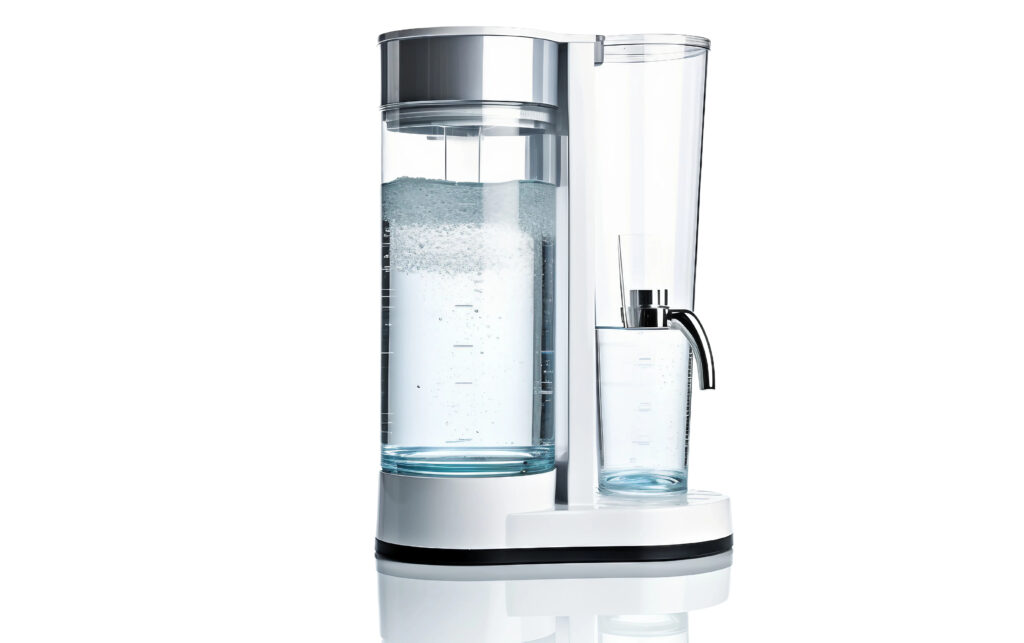Securing top-tier drinking water quality is vital for health and well-being. Technological progress in water purification now offers more potent methods to improve water’s purity and flavor, addressing public health needs and individual preferences for clean, tasteful water. This can help elevate the standard of drinking water through innovative filtration solutions.
This article delves into the sophisticated methods available for water filtration, focusing on how these techniques can significantly improve water quality.
Understand The Importance Of Clean Drinking Water
The significance of clean drinking water is the cornerstone of human health and well-being. Serving as the primary agent for hydration, it’s intricately involved in the body’s metabolic functions and is imperative for sustaining life’s physiological balance. However, the intrusion of pollutants like bacteria, viruses, heavy metals, and synthetic chemicals into water sources poses a severe threat to public health, which facilitates the transmission of waterborne diseases and triggers a spectrum of adverse health outcomes.
In this context, the role of sophisticated filtration technologies becomes paramount, offering a shield against these contaminants. By employing advanced purification methods, homeowners can ensure the provision of safe, contaminant-free drinking water, underscoring the ever-growing importance of these technologies in the modern era.

Get Familiar With Some Advanced Filtration Techniques
Advanced filtration techniques represent the forefront of water purification, harnessing cutting-edge technology to eliminate impurities and safeguard health. These methods are pivotal in transforming contaminated water into pristine, safe drinking water, setting new benchmarks in the quest for unparalleled water quality. Some advanced filtration techniques include:
1. Reverse Osmosis
Among the array of filtration methods available, reverse osmosis stands out for its effectiveness in purifying water. This process works by forcing water through a semipermeable membrane, which blocks contaminants but allows water molecules to pass through. The result is water that is free from harmful substances. This preference makes reverse osmosis a popular choice among households and industries.
2. Carbon Filtration
Another widely used technique is activated carbon filtration, which excels at removing organic compounds and chlorine, known contributors to bad tasting water. This method involves water percolating through a bed of activated carbon, where its vast surface area traps and removes these undesirable substances. The result is a noticeable enhancement in water quality, characterized by a cleaner taste and a more neutral odor. This simple yet effective process is a staple in household and commercial water purification setups, owing to its reliability in improving sensory qualities of water.
3. Ultraviolet Disinfection
Ultraviolet disinfection employs UV light’s germicidal properties to provide a safe, chemical-free means of purifying water. This method exposes water to a specific UV wavelength, effectively neutralizing harmful microorganisms by disrupting their DNA and rendering them harmless and incapable of reproduction.
Many favor UV disinfection for its ability to sterilize water without introducing chemicals or altering the water’s taste and composition. Often integrated with other filtration technologies, UV systems offer a comprehensive barrier against a broad spectrum of pathogens, thus ensuring water safety and purity.
4. Ion Exchange
The ion exchange process is a chemical filtration method adept at softening hard water and extracting heavy metals. It works on a principle of swapping undesirable ions in water, like calcium and magnesium that cause hardness, with benign ions, typically sodium or hydrogen, from a resin.
This exchange mechanism mitigates the scale buildup associated with hard water and reduces the presence of toxic metals, contributing to healthier drinking water and prolonged lifespan of plumbing and appliances. Ion exchange units are integral in regions grappling with hard water, enhancing water quality and usability.
Ensure Sustainability In Water Filtration

In water filtration, the pursuit of pristine water quality must be balanced with environmental stewardship. The ecological footprint of filtration systems, marked by water and energy use, demands conscientious management. Sustainable water filtration technologies are designed to reduce waste and lower energy requirements, aligning with global sustainability goals.
Manufacturers are innovating with more sustainable systems to meet this demand, producing systems that don’t compromise on performance while minimizing environmental impact. Consumers are also crucial, actively choosing eco-friendly solutions that align with a greener ethos. This collective shift towards sustainable filtration practices ensures the availability of clean water and protects the environment, paving the way for a more sustainable future in water purification.
Maintain And Monitor The Water Filtration Systems
The efficacy of water filtration systems hinges on diligent maintenance and vigilant monitoring. Ensuring these systems operate at peak efficiency involves routine tasks such as replacing worn-out filters, cleaning components to prevent clogging, and conducting regular water quality assessments. These proactive measures are vital for preventing contaminants from re-entering the water supply.
Additionally, technological advancements have led to the development of smart monitoring systems that provide real-time feedback on system performance and water quality, facilitating immediate action when necessary. This attentiveness prolongs the filtration system’s lifespan and ensures confidence in the water’s consistent purity.
Conclusion
The importance of maximizing drinking water quality can’t be overstated, and advanced filtration techniques play a pivotal role in achieving this goal. By keeping the information mentioned above in mind, homeowners will understand how powerful these filtration solutions are for removing a wide range of contaminants, thereby ensuring safe, clean, and palatable drinking water. As technology advances and awareness grows, the pursuit of improved water purification methods will continue, underscoring the significance of clean water in sustaining life and health.






